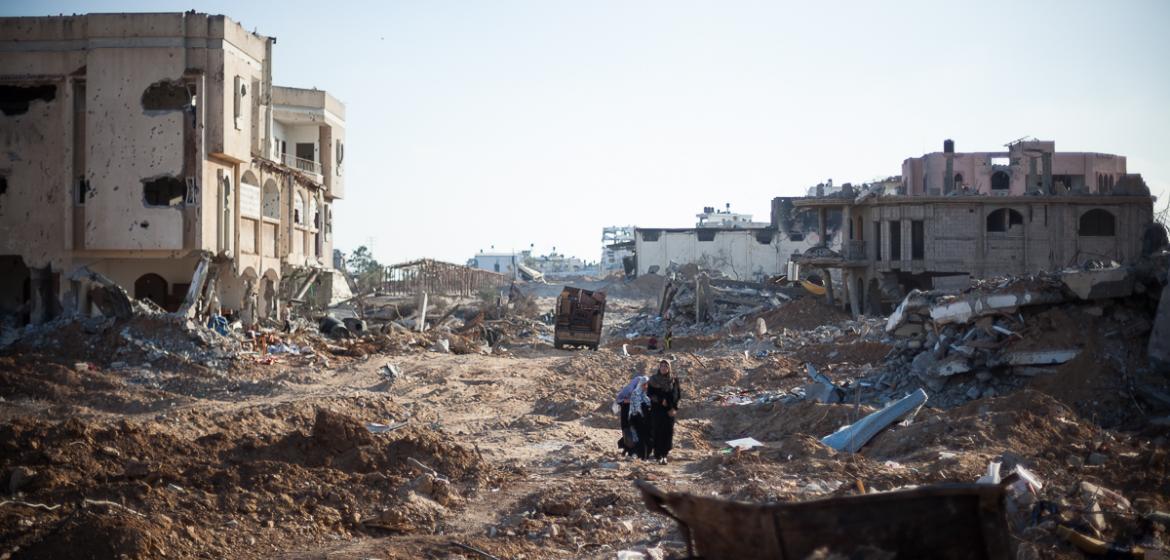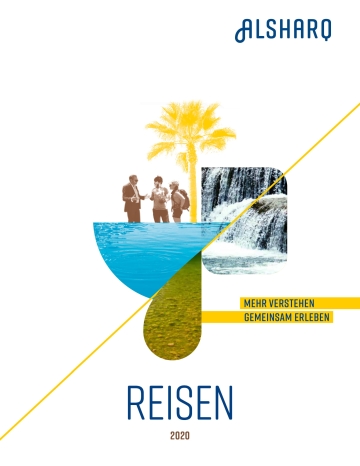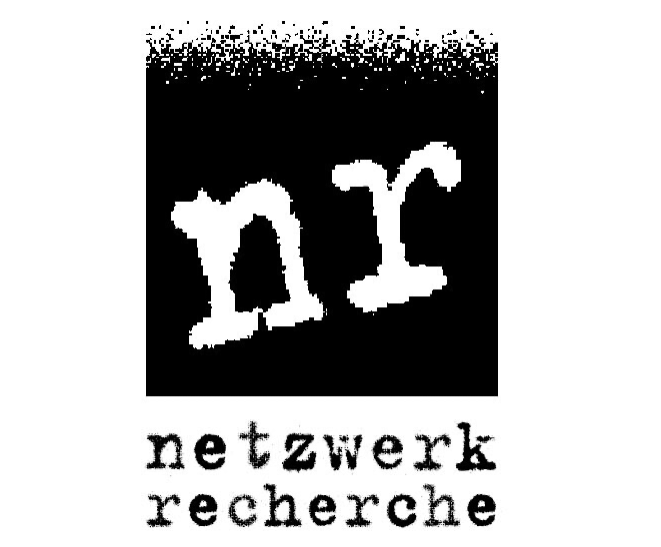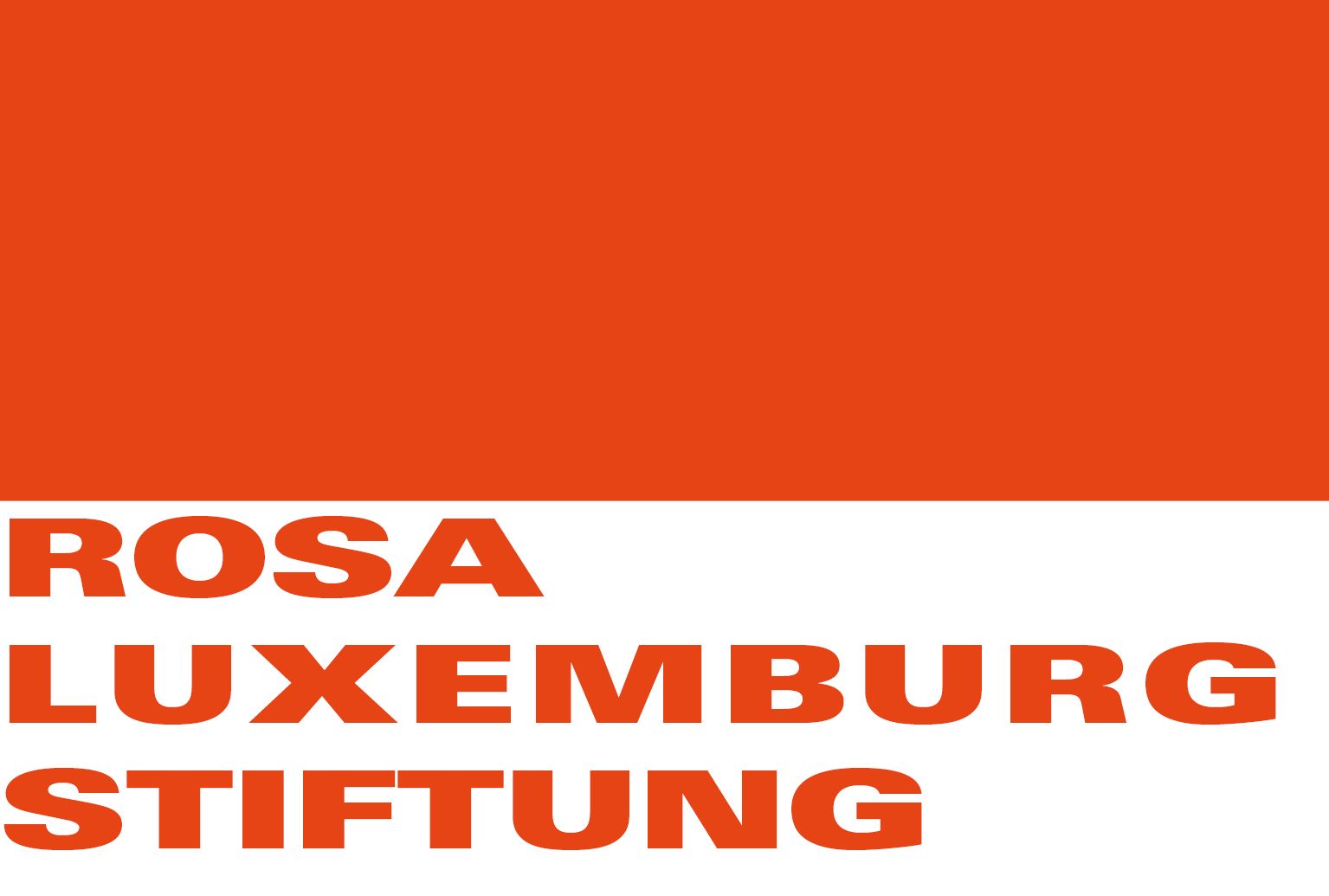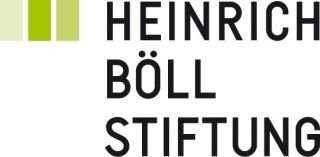Today, the latest Gaza War enters its second month. So far, over 1,800 people have lost their lives, many more are left injured and without home. Argentinean photographer Eduardo Soteras Jalil is in Gaza. He had last visited just weeks before the invasion. Alsharq spoke to Eduardo on Thursday, just before the war entered a new round.
Alsharq: You are in Gaza City, where a truce is in place since Tuesday until Thursday. What do the days of calm mean inside Gaza?
Eduardo Soteras: Here it suddenly feels like the city wants to come back to life. Everybody is trying to go out. Some people are even coming back to the beach. Gazans have a very special relationship to the sea. This morning, for the first time in weeks, the fishermen went out to sea. It was very moving to see this. During the day, restaurants and coffee shops on the seaside are full; people are having tea and smoking shisha. And at night – for the first time in weeks – the homes are lit again by the power of generators. People hadn’t used lights at night in order not to become targets for the bomber jets.
Many people had to flee their homes and these days they are returning to their neighborhoods to see what’s left. In many cases that isn’t much: Whole neighborhoods have been reduced to rubble. Five-storey buildings reduced to three-meter-high piles of rubble. A lot of infrastructure is destroyed: homes, schools, hospitals. The destruction is crazy.
[slideshow_deploy id='7751']
People are very, very tired. Tired and angry. No one knows what is going to happen and whether the truce lasts. But clearly people have had enough. They want their lives back. And they don’t want to live their lives in a Gaza under blockade and occupation; they want to live like people in a normal country. Perhaps that’s why, as I experience it here, people are so eager to tell their stories, show what is happening to them. Show that life here is so far from normal.
Right now people face a lot of insecurity. Many have changed their location various times and are staying with relatives or friends. But you can never know whether you can stay, just one of the ‘knocks on the roof’ [light-weight bombs dropped on buildings as a ‘warning’ to civilians minutes before it is destroyed] can mean you have to run again. And people don’t know where to run anymore, there is so little left, they are running out of options.
Little is known outside Gaza about how much support the government of Gaza enjoys among the population. How much support for Hamas do you see?
I was in Gaza just before the war started, trying to photograph the Gaza Strip beyond the common images we get in the news. At the time, people seemed to me to be very tired of Hamas. There was a lot of dissatisfaction. But as soon as the war started, people felt threatened by an overwhelmingly powerful attacker, people were eager for Hamas to defend them. Because they seem to be the only ones ready and able to defend them.
The resistance fighters do not usually appear in the streets. Hardly anyone has seen them. Hamas authority is not present in the streets, it seems, and they are obviously avoiding contact to the press and avoiding being located by Israeli forces. I have not seen any recruitment activity of the resistance forces, at least it’s not out in the open.
Certainly the criticism to the Hamas government has not gone overnight, but it’s not out in the open and priorities have changed. If you think about all the civilians who have lost their lives here in this war, all the children dead, the lives that have been destroyed through losing family and through injury – it’s crazy! People feel insecure and they rally behind the faction that stands up for them.
You have entered a war zone – by choice. What moves you to photograph inside Gaza?
I am a documentary photographer. Usually I work on long-term projects. In this case, I first came to Gaza about two months ago, just before the war. I developed personal relationships here. When the war started, I understood that for me this was the place I was supposed to be at this time and I returned to Gaza in the middle of the war.
Being here, I am not willing to follow the visual speech common to photography in times of war. I am thinking of how to use the photos I take here and tell the story of what is happening without falling into the position of a news-reporter. I want to capture what is moving people and place. So coming here was a question of intuition, I didn’t plan it.
Do you feel fear?
I arrived a week ago, during the time of heavy bombing. The attacks are scary – very, very scary. It is a deep fear that I have never felt before. Though I felt similar when I entered Gaza before the war: You know the place is under constant surveillance, constant threat, and there is no way out.
It’s strange, the bombings, you have to be constantly prepared. You know they might bomb you and if that happened and they send one of the ‘knock on the roof’ bombs, you’d have to run. A few days ago there was a threat of a bombing against one of the supposedly Hamas-owned hotels a few meters from where I am staying. It looked like they were going to bomb the whole area and the journalists there were all in the streets running to evacuate the place. For us journalists it is a kind of fear that will become an anecdote. But if you imagine it in someone who does not have coordination with the army, no official position, someone who lives here and cannot escape, if you imagine this someone all over Gaza, it’s terror.
What do you expect, what do people you meet expect, for the near future?
I still hope that the claims of the Palestinian unity government are heard. If not, if Israel does not lift the blockade and occupation, it’s only going to be more of the same in Gaza until the next war. Right now all the violence can start again tomorrow. There is just fear and insecurity. The situation here is very tight: People who tried to cross the borders were all rejected; food and goods are scarce. They deliver humanitarian aid supplied through the borders with Israel and they are badly needed. The Israeli army just made the last delivery a press event: They invited all journalists to come and document the delivery of aid. It’s disturbing.
Thank you Eduardo for this interview.
More information and images by Eduardo Soteras can be found on http://eduardosoteras.com/.

